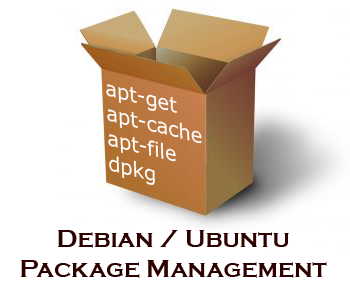apt-get en dpkg commands in Debian
Package management met apt-get Debian en Ubuntu gebruiken apt voor de package management. Dit staat voor short for Advanced Package Tool. Hieronder volgen voorbeelden hoe packages kunnen worden beheerd. Installeer software met apt waarbij <software> de naam van de package is (met * werkt ook om meerdere te installeren. Bijvoorbeeld: php5-* voor alle php5 packages. apt-get […]
apt-get en dpkg commands in Debian Meer lezen »
